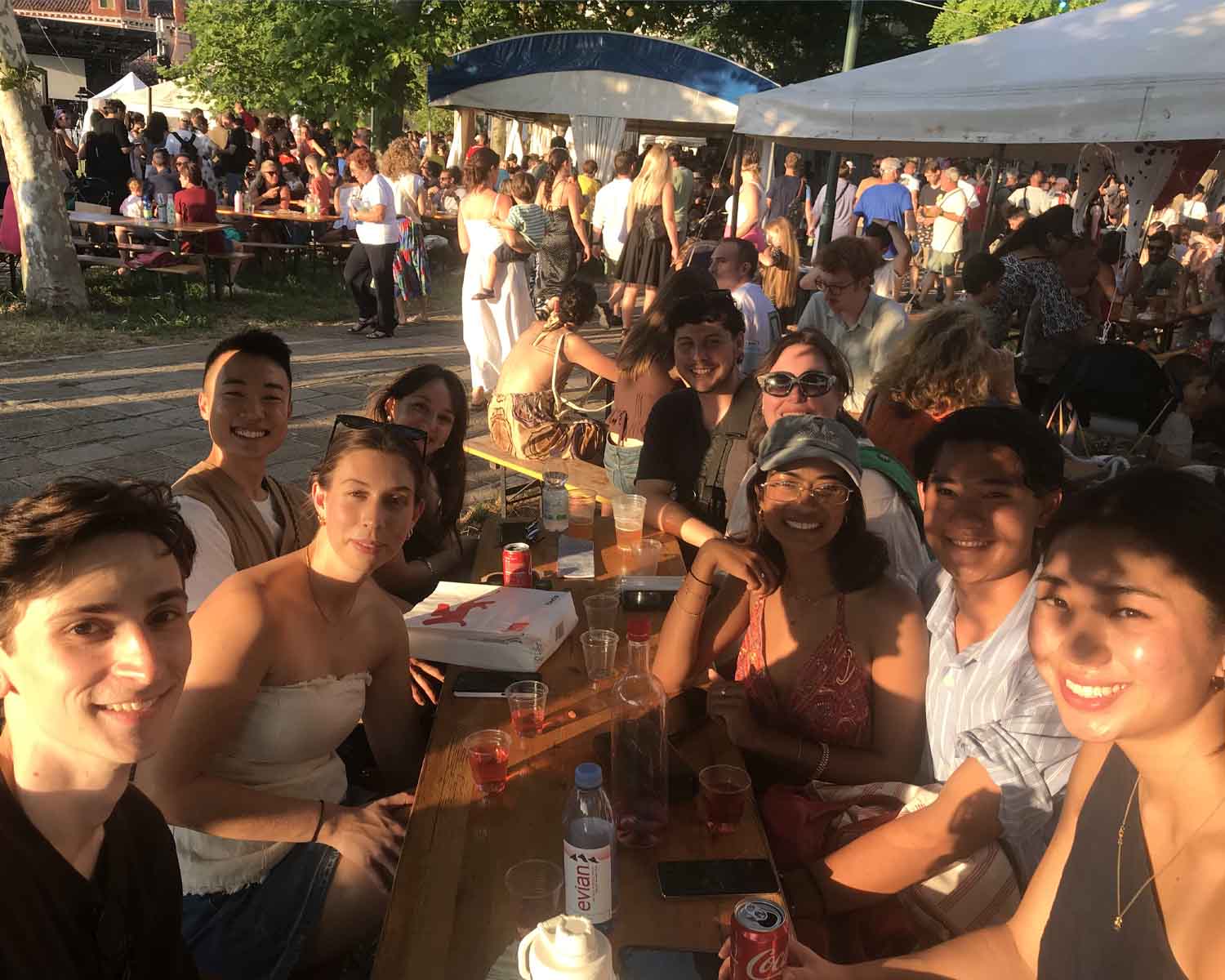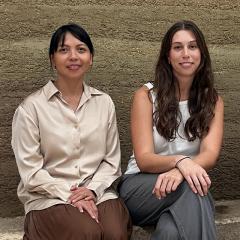Earlier this year, Master of Architecture students Anja Anders and Sheila Brandist had the extraordinary opportunity to represent The University of Queensland at the 2025 Venice Architecture Biennale - one of the world’s most prestigious cultural events. As part of the Australian Pavilion exhibit, HOME: Country as Creative Process, they explored innovative design approaches and the powerful connections between culture, place, and creativity.
They now share their reflections on this unforgettable experience, taking us behind the scenes of the Biennale, revealing the inspiration behind their work, and offering a unique perspective on what it means to engage with architecture on a global stage.
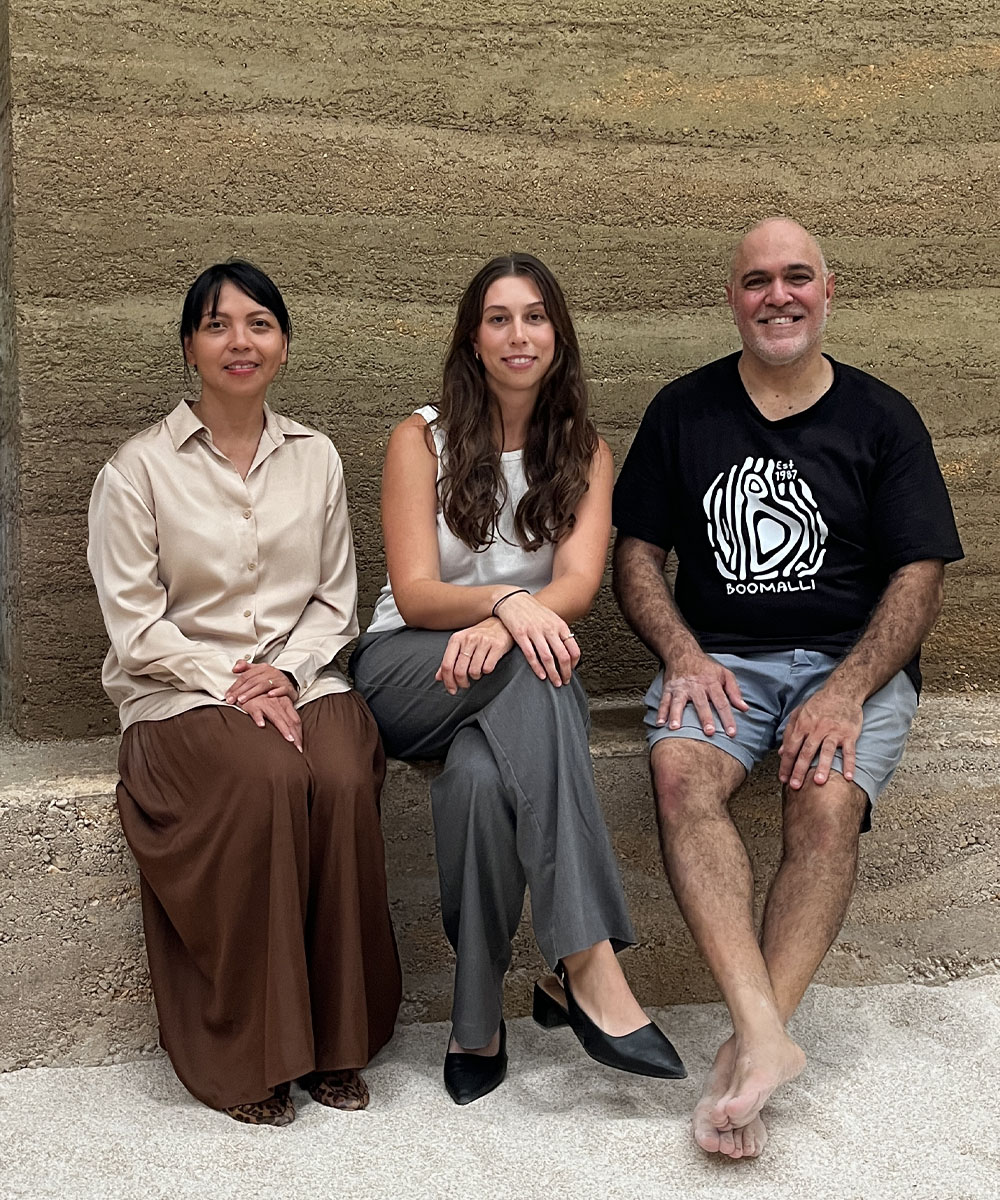
" We were so happy to be part of this unprecedented learning initiative, facilitated by one-of-a-kind design studio, not previously offered in Australia - delivered through an intensive program led by the University of Sydney, in collaboration with the Australian Pavilion’s First Nations Creative Directors. It brought together 125 students from 11 architecture schools across the country to explore home, belonging, and connection to Country through a collaborative and reflective creative process. The experience culminated in the creation of Living Belongings - personal, tactile works that embodied each student’s story, memory, engagement and relationship to place and to Country.
It was a proud and humbling moment when all five UQ student works were selected as part of the Pavilion’s final collective installation, marking the beginning of our unforgettable journey to Venice!
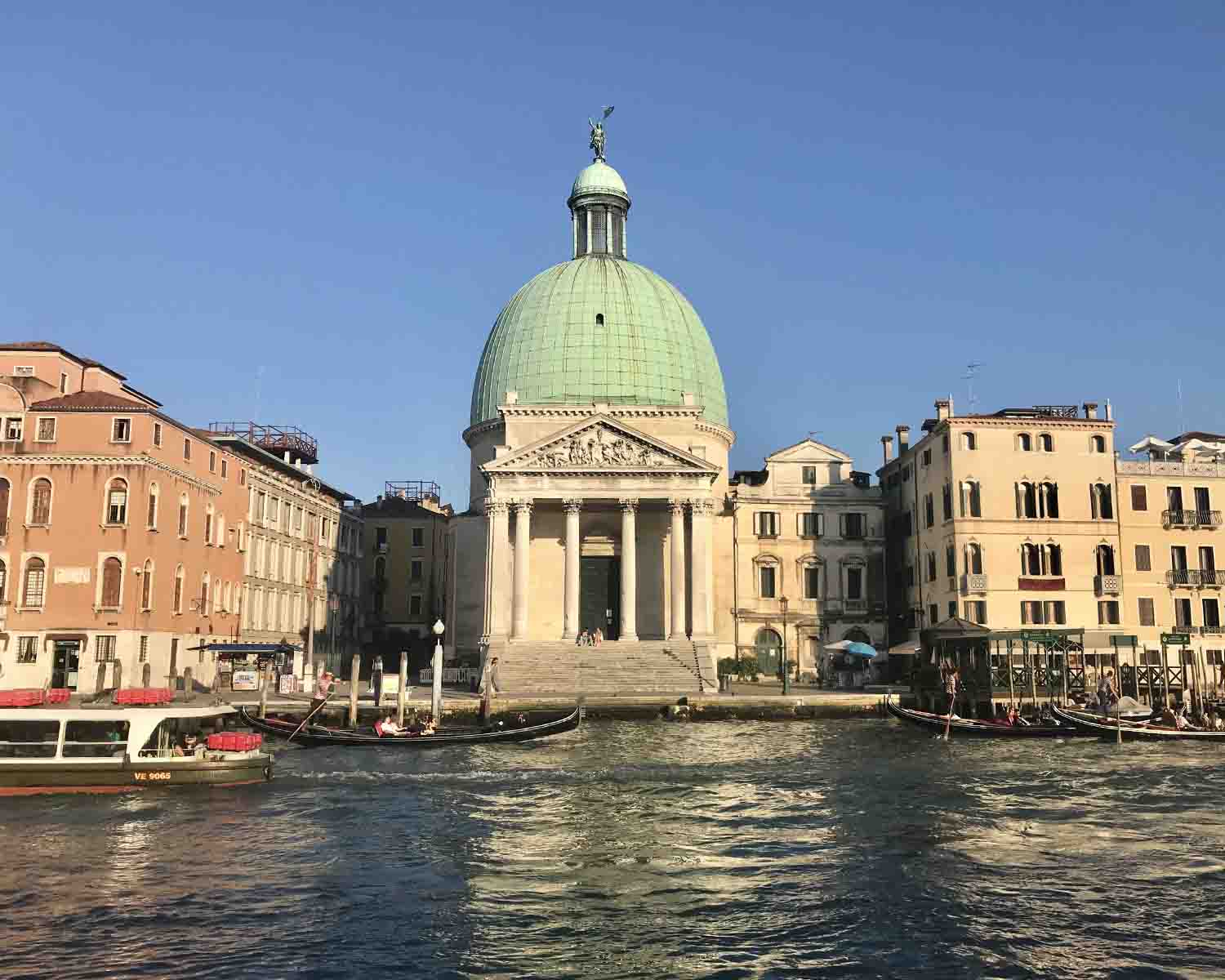
Stepping into Venice felt like entering a living masterpiece- a city suspended between land and water, layered with history, art, and architectural brilliance. We began by simply wandering - letting the atmosphere, the rhythms and the beauty of the city unfold around us.
We explored both historic landmarks and contemporary cultural spaces - from the grandeur of Piazza San Marco to the Arsenale, the Giardini, and a range of local museums and exhibitions. The Fondazione Querini Stampalia and Palazzo Grassi revealed layers of Venice’s aristocratic past while engaging with contemporary art and architectural intervention. At the Arsenale, we encountered a rich spectrum of architectural provocations - from sustainable materials and robotics to Indigenous storytelling and multisensory installations. The Biennale offered a powerful lens through which to engage with global architectural discourse.
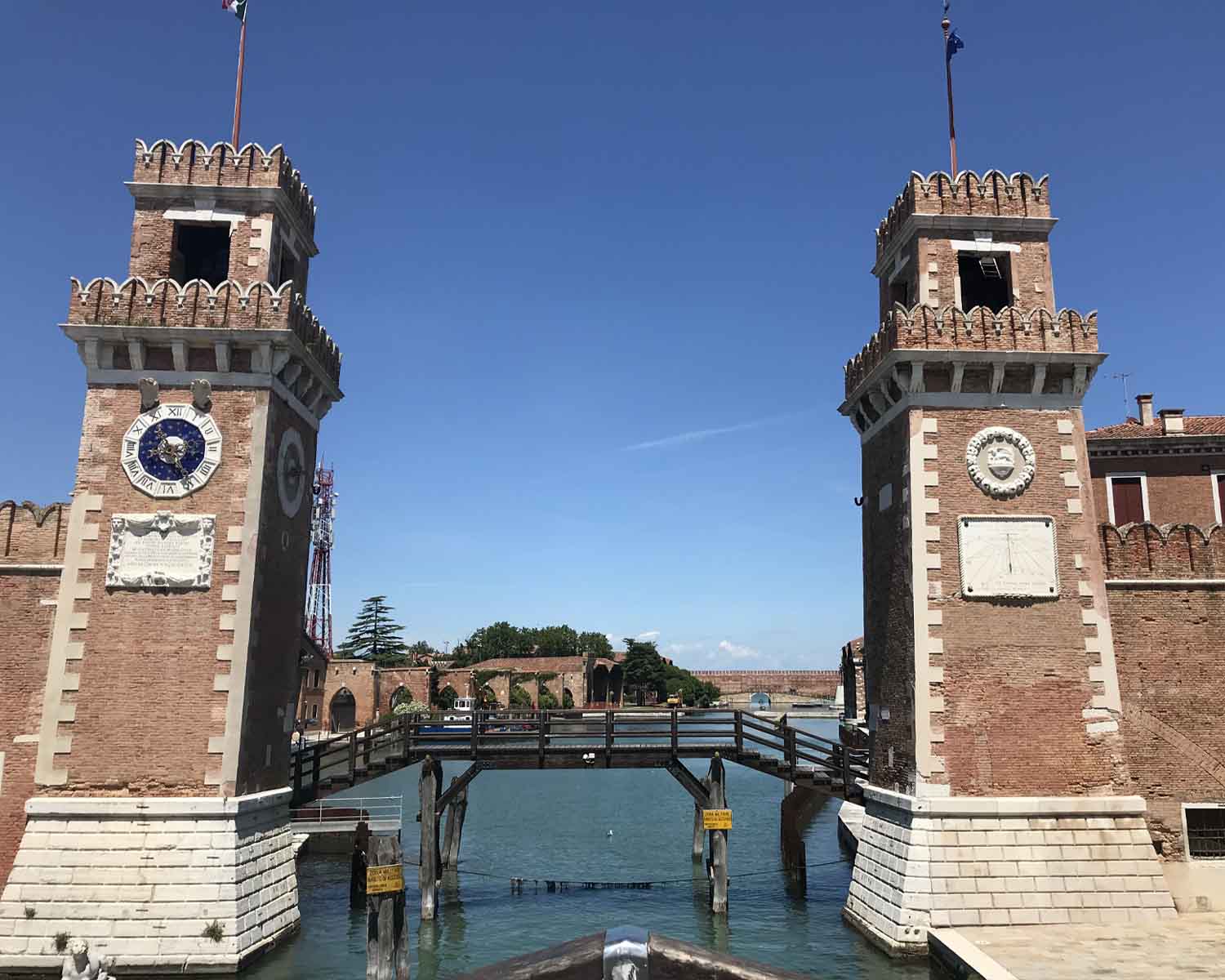
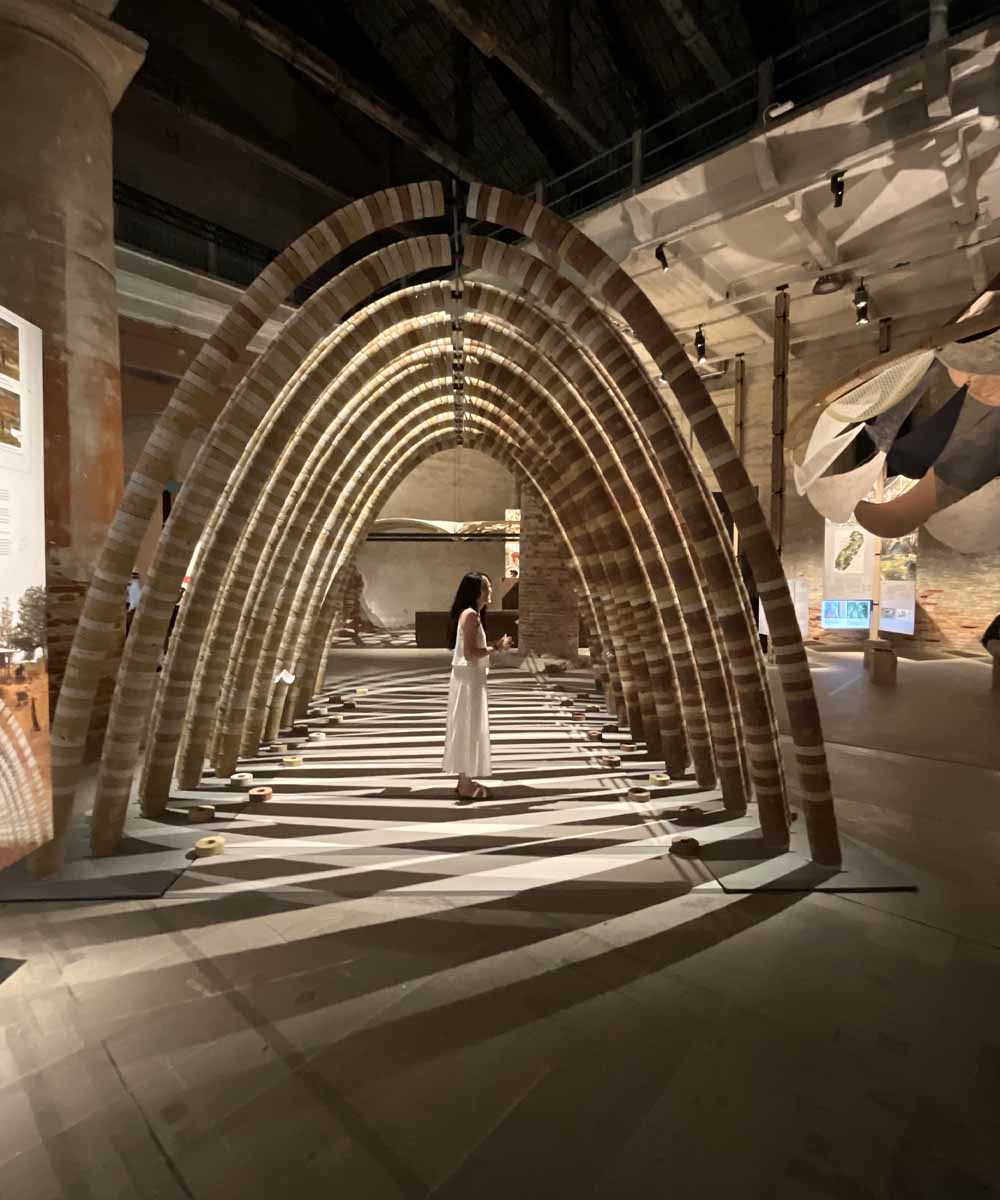
A highlight of our trip was the collaborative workshop at the Australian Pavilion in the Giardini, where we gathered with students from The University of Sydney, along with international participants from Università Iuav di Venezia, Politecnico di Milano, Università per Stranieri di Perugia, and the Architectural Association in London. Together, we reflected on our creative processes and sparked meaningful conversations about Country, home, and cultural identity.
The Pavilion became a space for gathering and exchange - where stories unfolded through material, form, and shared experience. Each Living Belonging was a deeply personal expression, shaped by lived experience and cultural understanding - and yet, they resonated across cultures and languages.
As Australian students, we were united by a shared commitment to designing with care and deep respect for Country. It was especially meaningful to witness how international students engaged with the installation. Many reflected not only on the Australian context of Country, but also on their own evolving definitions of home.
In these rare and genuine moments of dialogue, new understandings emerged, and cultural boundaries began to dissolve - a powerful reminder that while belonging is deeply personal, it is also profoundly universal.
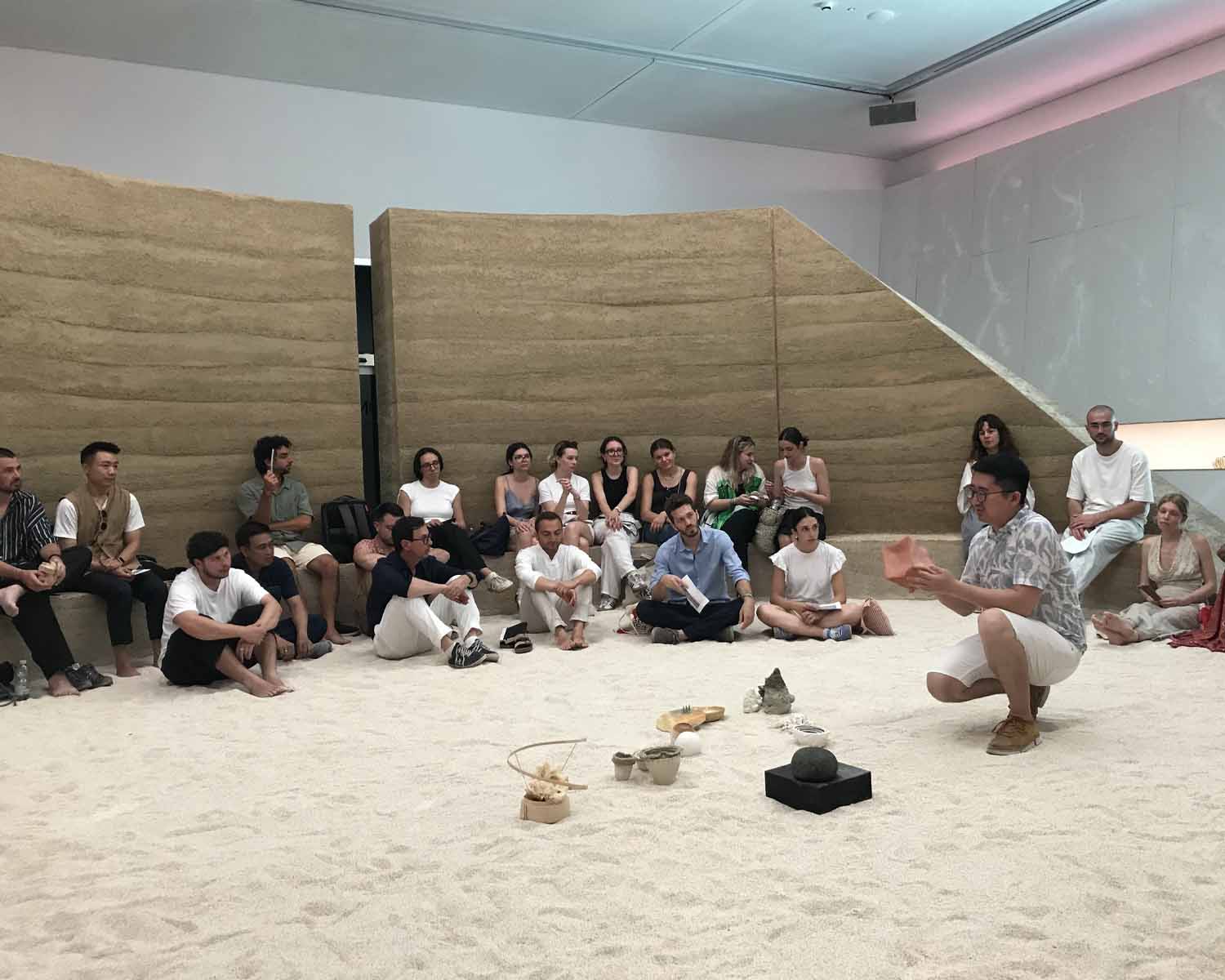
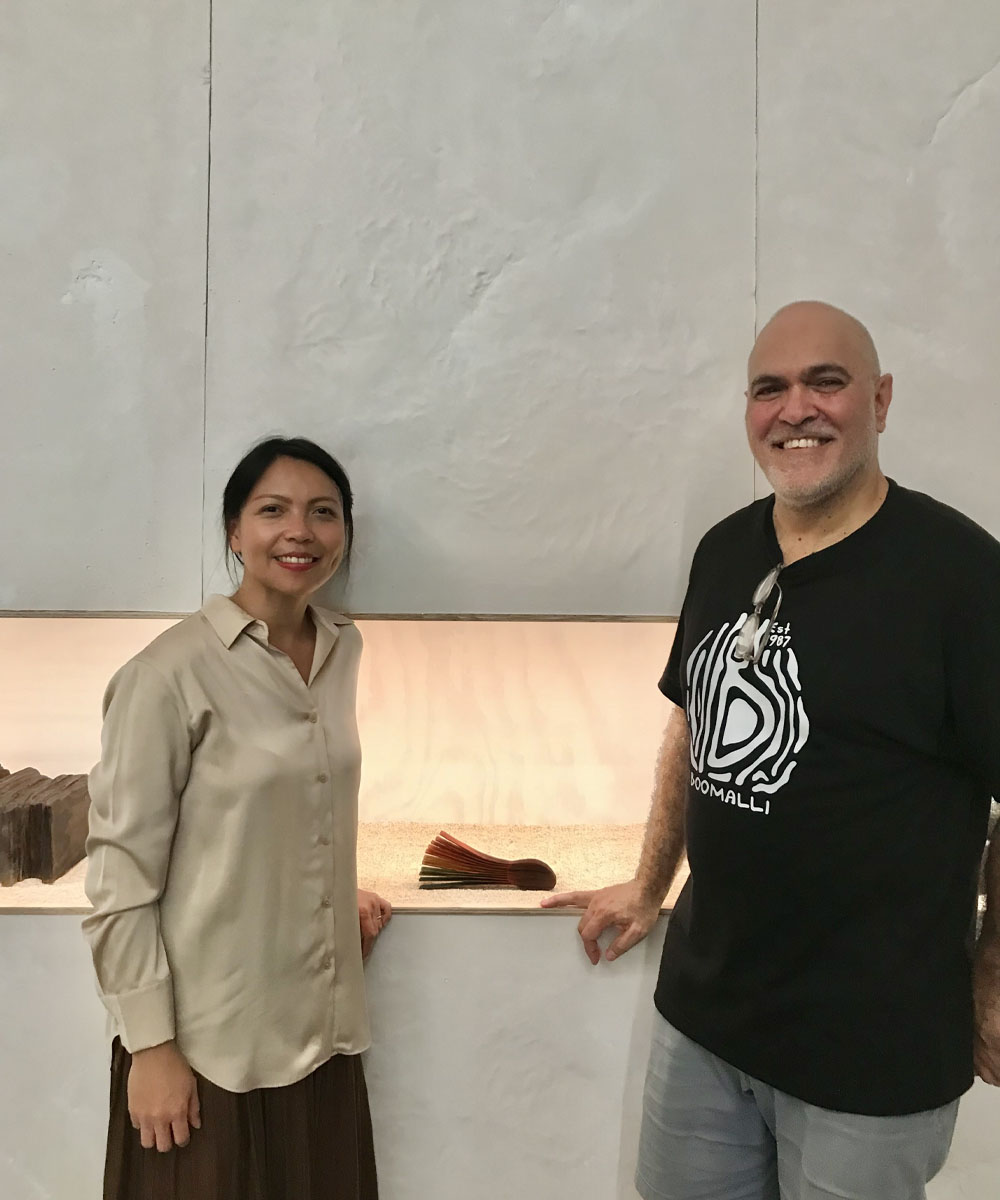
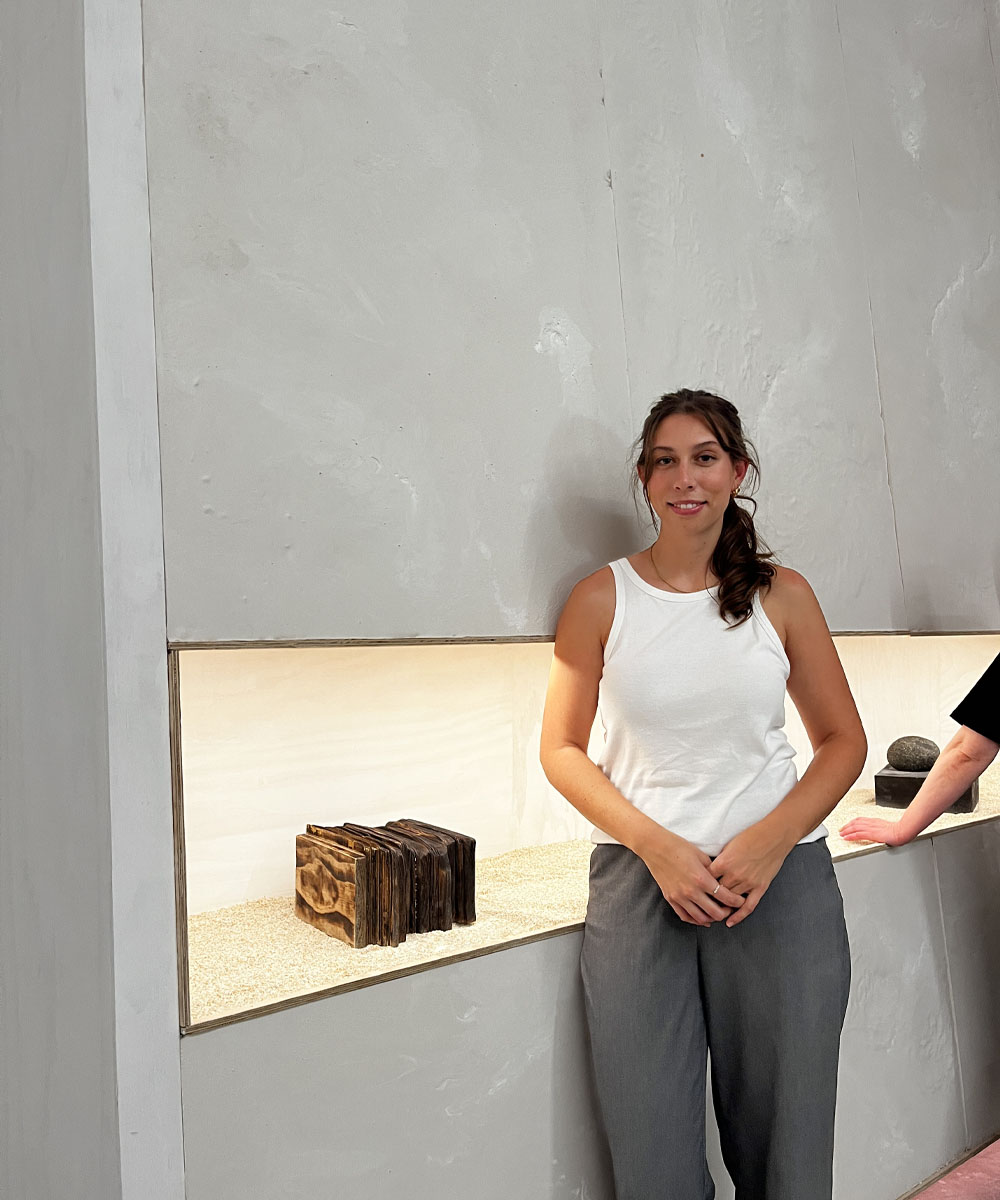
We ventured beyond Venice’s historic centre to nearby islands: San Michele, the serene cemetery island; Murano, home to a centuries-old tradition of glassmaking; and Burano, with its brightly painted houses and delicate lacework. Each island has its own rhythm and charm - quieter, yet vibrant counterpoints to the city's busy thoroughfares. A short trip to Bologna added another layer of insight, contrasting Venice’s island complexity with a grounded, civic urban fabric - revealing how architecture responds to local materiality, history, and place.
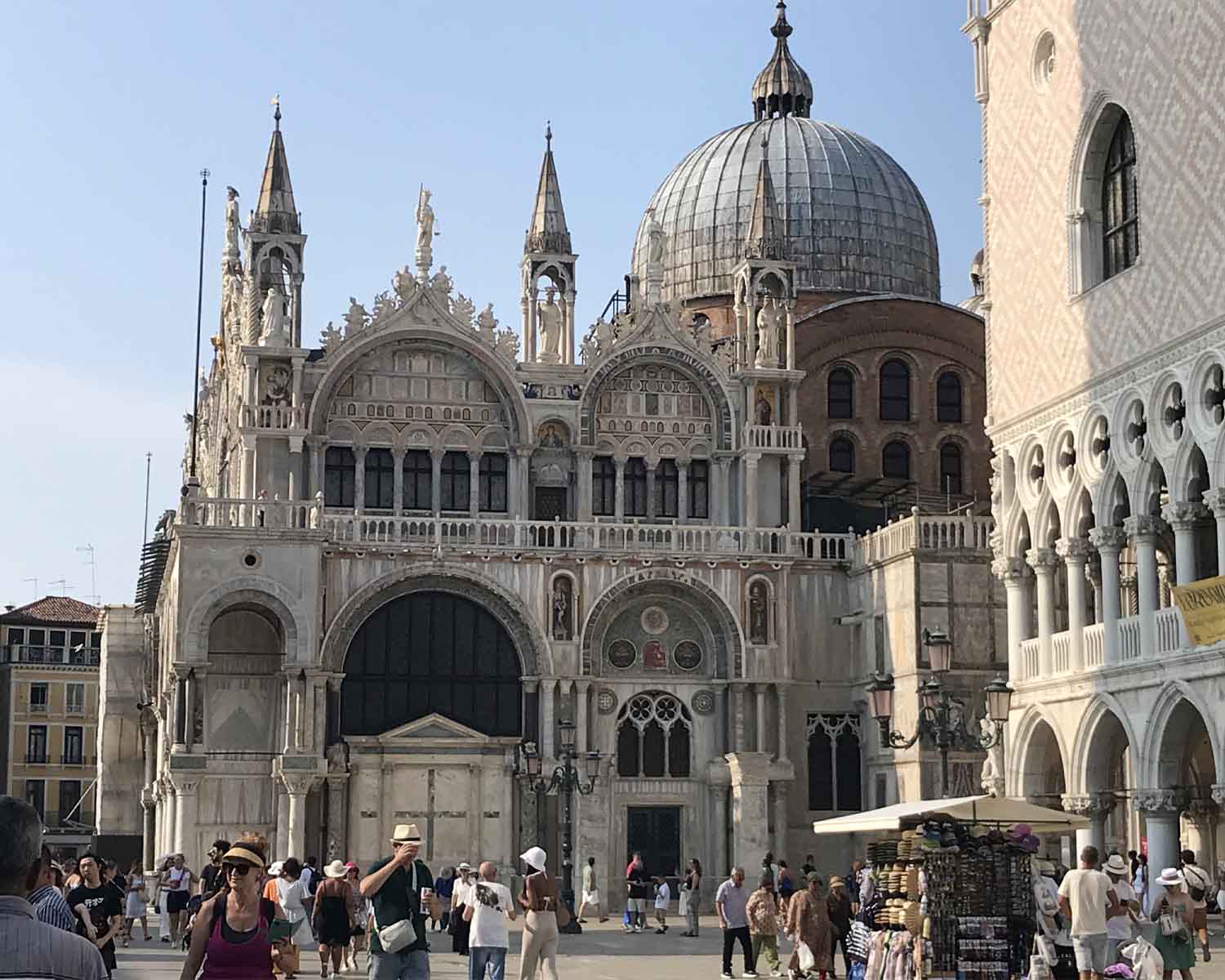
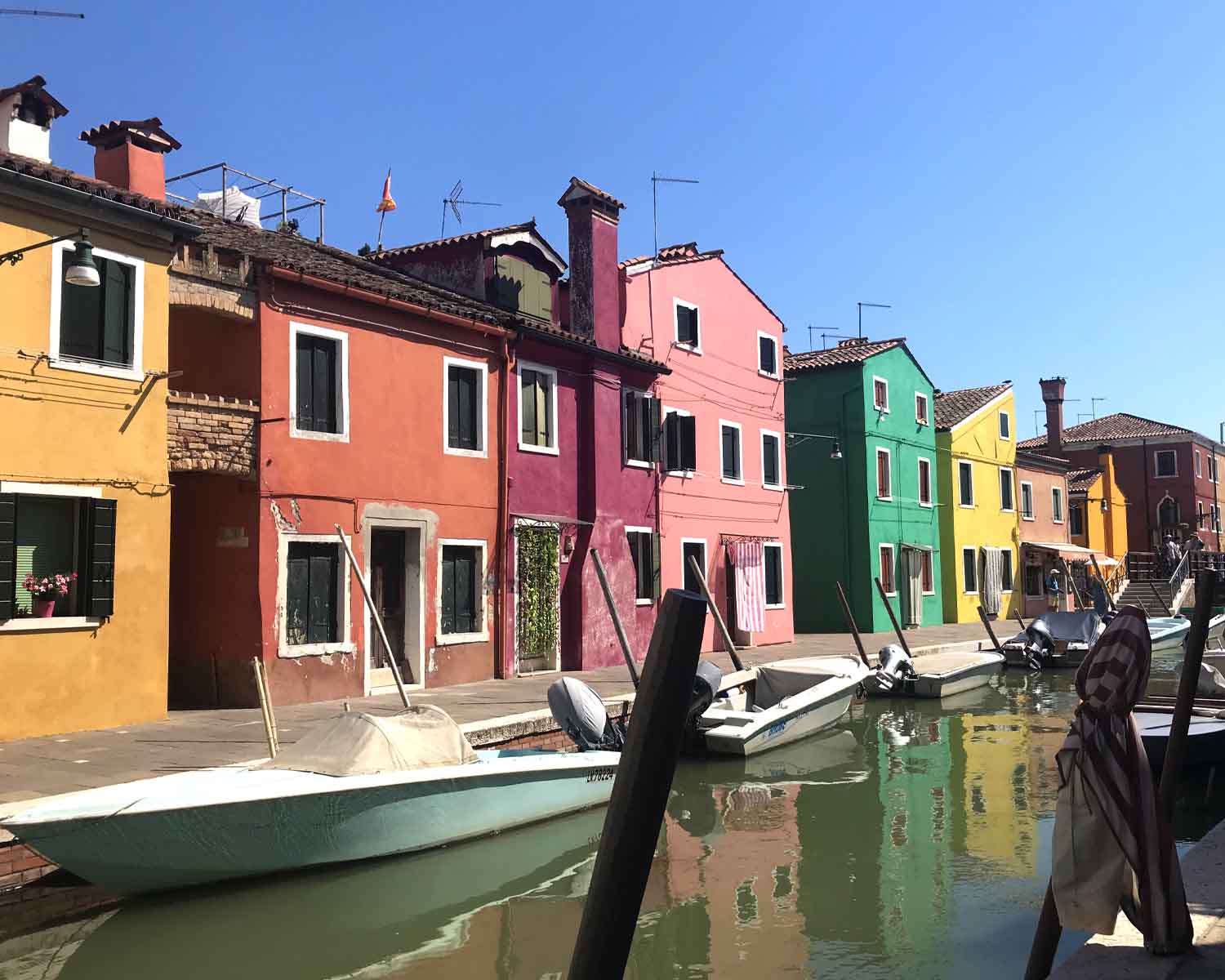
Our time in Venice was more than an academic journey. It reminded us why we chose architecture in the first place. It is not only for its spatial and formal possibilities, but for its ability to nurture relationships: to people, to place, and to time. Through HOME: Country as Creative Process, we learned to begin with listening, to start with Country, and to honour the stories embedded in land.
At the Australian Pavilion, we witnessed expressions of identity and belonging that transcended geography and language, rooted in empathy and care. The friendships we formed, the conversations we shared, and the cultural exchanges we experienced expanded our understanding of home- not as a fixed place, but as a living practice of care, connection, and respect. Much like architecture itself, creating spaces that invite belonging.
As future architects, we carry forward the lessons of this experience with deep gratitude- To UQ for making this journey possible; to our brilliant lecturers, Carroll Go-Sam – Studio Coordinator, along with Assoc. Prof. Kelly Greenop, and Dr Catherine Keys, for their guidance and belief in our work; to Sam Butler and Sonya Brown from the UQ CoLab team, who guided us through the fabrication of our artefacts; and to the Creative Directors of the Australian Pavilion, for envisioning this once-in-a-lifetime initiative and making space for emerging voices on a global stage."
